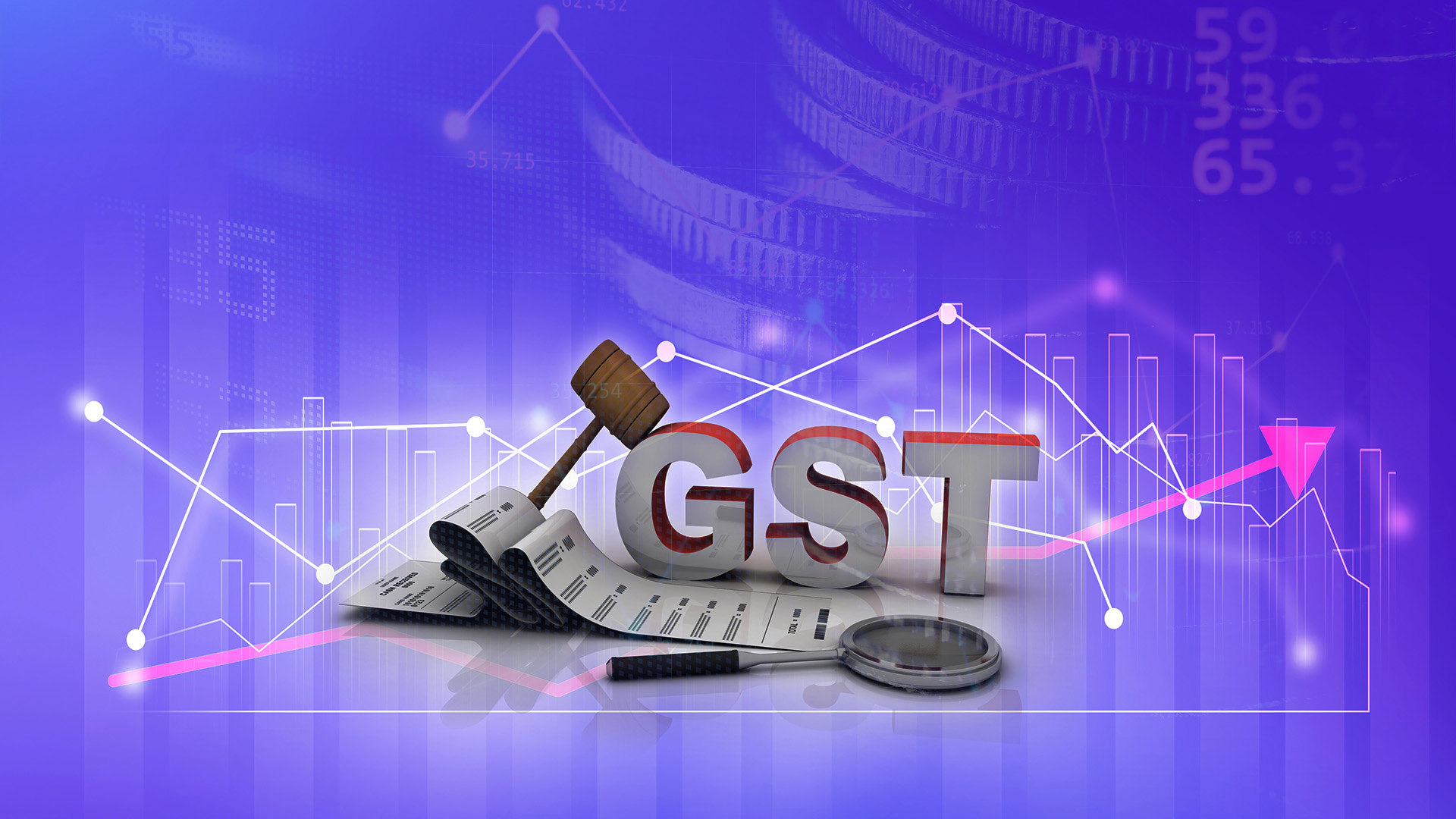Tax reform is rarely just about rates; it is about confidence. India’s Next-Gen GST reforms, described as a “historic Diwali gift,” mark a decisive step in aligning fiscal policy with development priorities. By rationalising rates on more than 200 goods and services across essentials, agriculture, healthcare, renewable energy, automobiles, textiles, and education, the reforms enhance affordability for households, lower costs for businesses, and strengthen policy predictability for investors.
These reforms amplify the country’s investment narrative. They provide tangible evidence that India’s growth story is one of scale, stability, and predictability—three attributes global investors seek most. Yet, the significance of these reforms cannot be understood in isolation. To see their true impact on investment confidence, one must situate them within India’s current macroeconomic moment.
Growth Dividend: Expanding Affordability and Demand
India is currently the world’s fastest-growing major economy, expanding at 7.8% in Q1 FY 2025–26.1 Household demand drives this performance, with Private Final Consumption Expenditure (PFCE) accounting for 60.3% of GDP in FY 2025-26.2 Retail inflation has eased sharply, averaging 2.41% in FY 2025-26 so far (April-July 2025) and falling to 1.55% in July 20253 the lowest CPI inflation since June 2017, while the Government has set a fiscal deficit target of 4.4% of GDP for FY 2025-26, down from 4.8% in the revised estimates for FY2024-25.4
In economic terms, GST rationalisation works through a classic transmission chain. Lower prices lead to higher demand; higher demand increases business volumes; larger volumes generate economies of scale, which improve productivity and efficiency; these gains reduce costs, making firms more competitive domestically and globally. With competitiveness established, firms expand into world markets through exports. This multi-dimensional chain shows how a single fiscal reform creates ripple effects across growth, trade, and investment—exactly the logic that investors track.
The Economist’s Lens: GST and the Determinants of FDI
The functional model of FDI based on market size, consumption growth, macroeconomic stability, and policy predictability is directly supported by government and international assessments. The Economic Survey 2003-04 identified basic determinants such as market size and infrastructure, while the Economic Survey 2024-25 emphasised policy predictability, macroeconomic stability, and India’s growing domestic demand. Studies by UNCTAD5 and the IMF6 similarly point to market size, exports, and policy stability as critical drivers. Academic evidence from Wheeler & Mody (1992) and Chakrabarti (2001), and cross-country analysis by Demirhan & Masca (2008), confirm that growth, stability, openness, and infrastructure are central to FDI inflows. Together, these sources validate the four-pillar framework as the most effective lens for linking GST reforms to investor confidence.
FDI = f (Market Size, Consumption Growth, Macroeconomic Stability, Policy Predictability)
In this framework, GST acts as the reform lever that strengthens each determinant of FDI:
- Market size expands as GST rationalisation reduces tax incidence on essentials and discretionary goods through stronger consumption demand, already anchored at nearly 60% of GDP.7
- Consumption growth accelerates as affordability increases across essential and growth sectors.
- Macroeconomic stability is reinforced by GST’s role in improving compliance, widening the tax base, and supporting fiscal consolidation, even as rates are rationalised.
- Policy predictability improves as simplified rates reduce compliance disputes and uncertainty.
- By integrating GST into the model, the link between tax reform and foreign investment flows becomes explicit: GST is not just a fiscal adjustment, but a structural mechanism that strengthens all four drivers of FDI simultaneously.
GST’s Investment Dividend: Validating the Four Pillars
The robustness of India’s capital inflows further validates this framework, as the latest DPIIT and PIB data show, India attracted a record $81 Bn of FDI in FY 2024-25,8 with cumulative inflows crossing $1.09 Tn between April 2000 and June 2025. Equity inflows alone surged 18% year-on-year to $18.6 Bn in the first quarter of FY 2025–26 (April–June 2025)9. Policies such as FDI liberalisation, Make in India, PLI schemes, and Gati Shakti have already catalysed historic inflows, and the newly announced GST rationalisation is the latest lever expected to deepen competitiveness and investor confidence.
According to DPIIT and PIB data (April 2000-June 2025), cumulative FDI inflows have crossed $1.09 Tn, with strong contributions from GST-sensitive sectors: services ($122 Bn), IT & hardware ($116 Bn), automobiles ($39 Bn), pharmaceuticals ($25 Bn), electronics ($7.2 Bn), food processing ($13.5 Bn), textiles ($4.8 Bn), and trading ($48 Bn)10.
GST-sensitive sectors covered by the recent announcements illustrate how the reform validates the four-pillar FDI model. At the sectoral level, the impacts are most visible in expanding market size, accelerating consumption growth, and reinforcing policy predictability. Combined with India’s broader macroeconomic stability, these outcomes confirm that GST rationalisation strengthens all four determinants of FDI simultaneously:
- Automobiles: lower GST on EVs and small cars expands demand & affordability, ensured stable taxation, and improved cost competitiveness for exports.
- Pharmaceuticals: GST cuts on life-saving drugs & pharma widen access, supported rising healthcare demand, and reduced input costs for manufacturers & ensure uniform taxation.
- Electronics & IT: reduced GST on components enlarges domestic markets, boosts consumption, and simplifies compliance for PLI-linked firms.
- Renewables: rationalised GST on solar panels and clean-tech inputs lowers upfront costs and accelerates adoption of green energy.
- Food processing & textiles: simplified GST on essentials and apparel widens affordability, sustains steady demand, and strengthens export competitiveness.
- Services & trading: simplified registration, uniform tax rates, and faster refunds reduce friction and reinforce investor trust.
These sectoral outcomes converge into a clear pattern: the very areas where GST reforms reduce costs, widen affordability, and create predictability are also the sectors attracting the largest inflows. Combined with fiscal consolidation and record-low inflation, the evidence confirms that GST is not merely a tax reform but a structural enabler of India’s FDI model. This is India’s confidence dividend, a fiscal reform that translates directly into global investor trust and long-term capital commitments.
These sectoral outcomes converge into a clear pattern: the very areas where GST reforms reduce costs, widen affordability, and create predictability are also the sectors attracting the largest inflows. Combined with fiscal consolidation and record-low inflation, the evidence confirms that GST is not merely a tax reform but a structural enabler of India’s FDI model. This is India’s confidence dividend, a fiscal reform that translates directly into global investor trust and long-term capital commitments.
India’s Investment Narrative
Taken together, these sectoral outcomes converge into a broader investment narrative. Building on the four core determinants of FDI—market size, consumption growth, macroeconomic stability, and policy predictability—GST reforms also generate a powerful outcome: enhanced competitiveness. This dual impact strengthens India’s case as both a consumption-driven economy and a competitive global hub.
The multi-dimensional chain comes full circle here: lower prices → higher demand → economies of scale → efficiency → competitiveness → export expansion. This virtuous cycle directly supports FDI by assuring investors of a large consumption base, globally competitive production, and a predictable policy environment.
Three outcomes define India’s tripled confidence dividend:
- Growth dividend → consumption-led expansion assures market absorption of new investments.
- Trade dividend → competitiveness enables both import substitution and export growth.
- Investment dividend → predictability and scale encourage multinationals to commit long-term capital.
In effect, GST rationalisation delivers a triple dividend: growth through expanded consumption, trade through enhanced competitiveness, and investment through greater predictability—aligning seamlessly with flagship policies such as Make in India, PLI, PM-Gati Shakti, Atmanirbhar Bharat, and PM-MITRA.
Forward-Looking Perspective
The GST rationalisation must also be seen as part of India’s next investment cycle. Looking ahead, tax stability, PLI-linked industrialisation, upcoming FTAs with major economies, and strategic connectivity initiatives will converge to position India as a global manufacturing and supply-chain hub. Rather than short-term relief, GST lays the foundation for sustained investment leadership.
The Next-Gen GST reforms are more than fiscal adjustments, they are a confidence dividend. By enlarging effective demand, driving scale efficiencies, reducing production costs, and enhancing predictability, they reinforce the determinants of FDI. For households, they expand affordability. For industries, they sharpen competitiveness. For investors, they provide stability and scale.
Above all, the reforms reflect India’s intent to match ambition with action. By lowering barriers and simplifying compliance, GST creates an environment of transparency and trust. For small businesses, it means new avenues to grow and compete globally; for global investors, it is a strong assurance that India offers not just rapid growth but reliable rules of the game. For Invest India, the reforms strengthen our role in translating policy into opportunity—mobilising investments, supporting manufacturing, and enabling entrepreneurs to power India’s next phase of economic leadership.
This blog is written by Yash Deepaksingh Rawat

